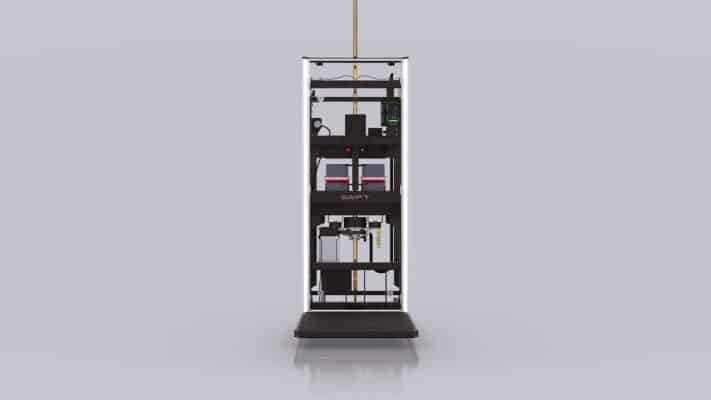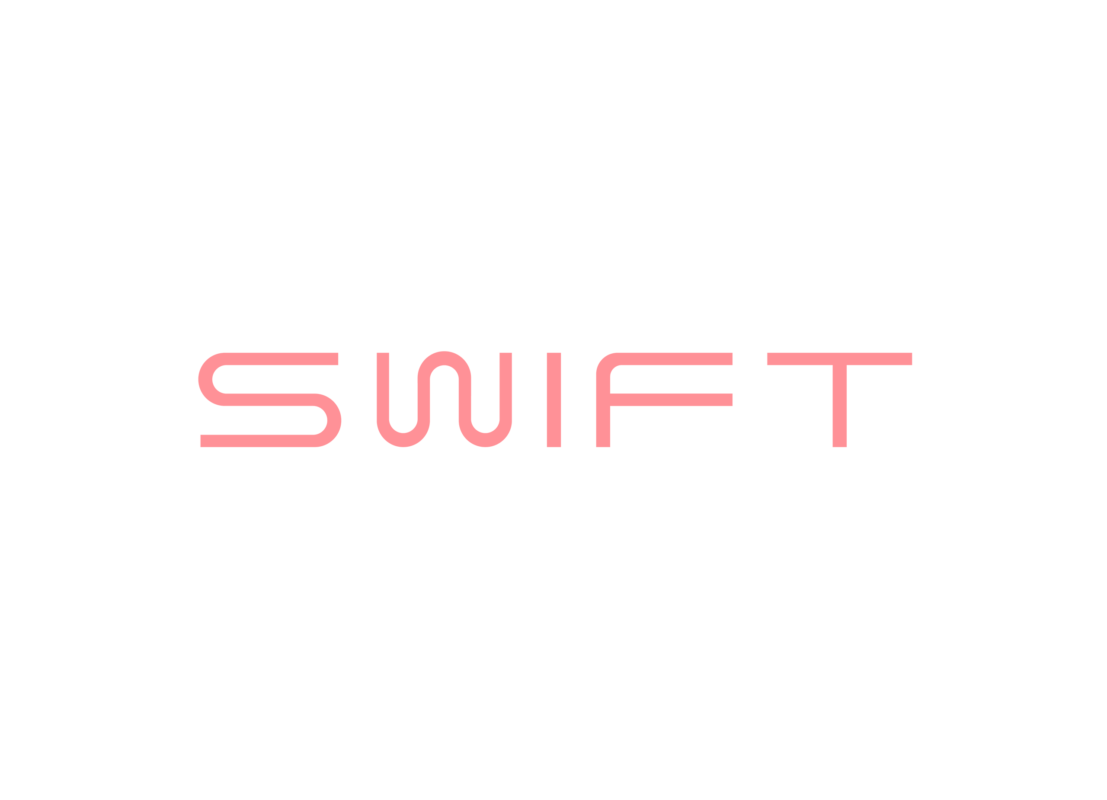Are Screw and Nut Driven Lifts Noisy?
The first generation screw and nut driven lifts were originally developed in Sweden and used as a cost-efficient way to provide accessibility to railway stations, schools, libraries, or other public places.
SWIFT has developed the next generation screw elevator system (patent pending) that combines the safety and reliability of the previous generation with the latest technology in motor control, energy management, and guide structure. The result is a screw lift elevator that offers silent, smooth, and energy-efficient vertical travel. With normal use, a SWIFT home lift consumes less power than a microwave oven and is more silent than a high-performance dishwasher.
SWIFT and its next-generation screw elevator design complies with Europe’s strictest lift regulations – the European Machinery Directive 2006/42/EC and the European Standard EN81-41. It is certified by DNV (Det Norske Veritas).

How Screw-Driven Elevators Don’t Make Noise
1. No Hydraulic Pumps or Traction Motors
Traditional elevator systems often rely on powerful motors or hydraulic pumps, which can generate significant noise during start-up, movement, or stopping. A screw driven elevator, on the other hand, uses a threaded steel screw and a motorized nut to move the lift car. This eliminates the need for noisy machinery and contributes to much quieter performance.2. Low-Speed Operation with Smooth Movement
Screw lift elevators typically operate at a moderate speed, which minimizes vibration and noise caused by rapid acceleration or deceleration. The lift glides up and down the threaded shaft in a controlled, steady manner, helping avoid sudden jerks or mechanical clunks.3. Direct Drive Mechanism
The direct drive design means fewer moving parts like belts, pulleys, or gears that could create friction or rattling sounds. The motor is directly connected to the drive shaft, ensuring seamless and quieter operation—an advantage that makes screw elevators ideal for homes.4. Vibration Dampening and Sound Insulation
Most screw driven elevators are designed with built-in vibration dampeners and sound-insulating materials within the shaft and lift cabin. This reduces noise transmission through walls and floors, enhancing comfort in residential settings.5. Minimal Maintenance Noise
Since screw lift elevators require less frequent maintenance and have fewer components that wear out, there’s a lower risk of parts becoming loose or noisy over time. Regular servicing ensures quiet and efficient functioning throughout the lift’s lifespan.Conclusion:
Screw driven elevators are engineered for quiet performance. Their direct drive mechanism, absence of hydraulic or traction systems, and smooth vertical movement make them one of the most noise-free elevator solutions available—perfect for homes where comfort, silence, and style are key.











